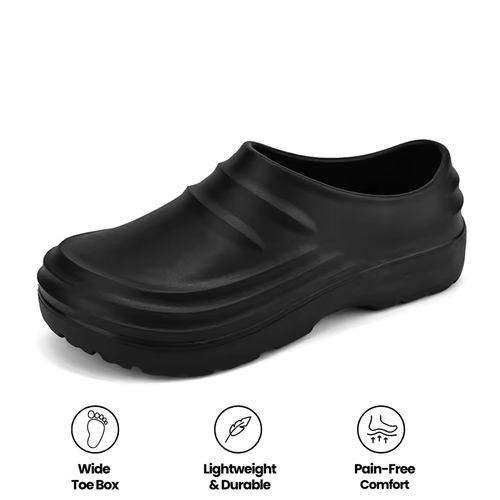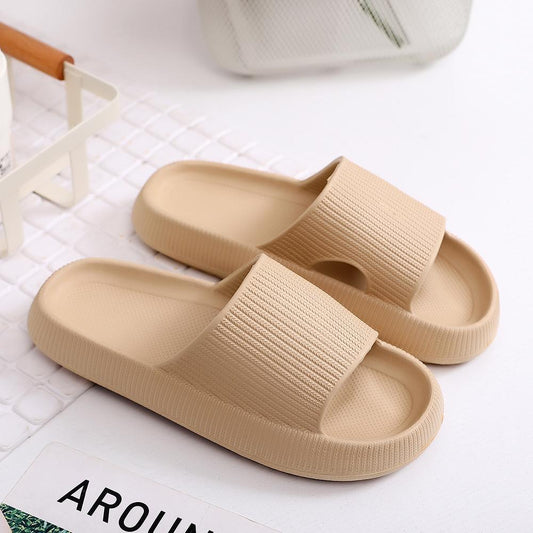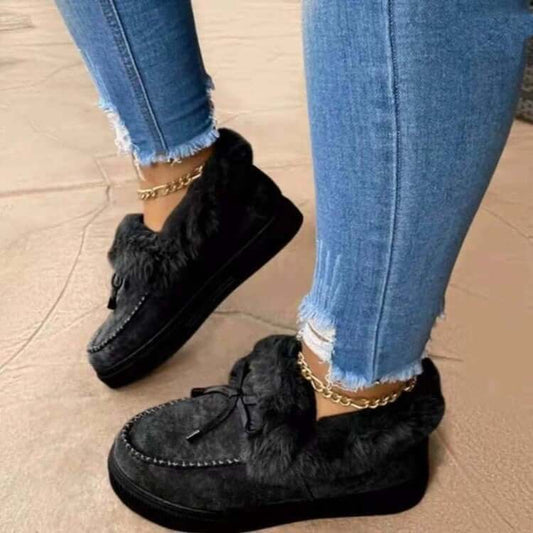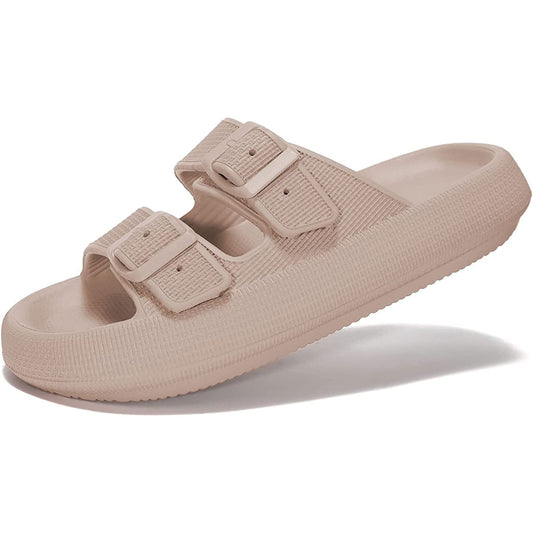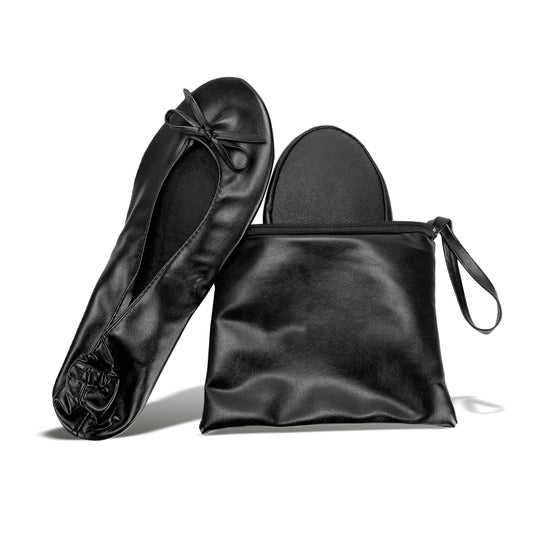If you're like most people, you've probably experienced foot problems at some point in your life. Given the amount of force and weight that our feet handle on a daily basis, it's no surprise that we're prone to injuries, inflammation, and other types of damage.
While improper footwear, diabetes, and aging are some of the leading causes of foot problems, there are several common issues that can arise regardless of age or health status. Here are some of the most common foot problems you might encounter, along with some tips on how to manage them.
-
Athlete's foot - This fungal infection of the skin is typically found between the toes and can cause itching, discomfort, and even pain. It's often spread in public areas like gyms and showers, so be sure to keep your feet clean and dry, change your socks and shoes regularly, and avoid walking barefoot in public spaces.
-
Hammertoes - This condition occurs when your second, third, or fourth toe is crossed, bent in the middle, or pointing at an odd angle. Ill-fitting shoes can contribute to the formation of hammertoes, so try wearing more comfortable footwear or using inserts or foot pads to reposition your toe.
-
Blisters - Friction between your foot and your shoes can lead to the formation of fluid-filled blisters. While they're usually not a serious concern, it's best not to burst them. Instead, cover them with a bandage and allow them to heal naturally.
-
Bunions - This abnormality of the foot causes a bump to develop on the large toe joint. Bunions can result from several factors, including congenital deformities, arthritis, trauma, heredity, or habitually wearing shoes that are too narrow. Treatment options include wider shoes, padded inserts, and over-the-counter pain relievers.
-
Corns and calluses - These rough patches of skin develop from repeated rubbing against a bony area of your foot, often caused by poorly fitting shoes. You can usually treat them yourself by removing the buildup of skin, soaking the affected area in warm water, and using a pumice stone to gently remove dead skin.
-
Plantar fasciitis - This condition occurs when the ligament that connects the ball of your foot to your heel becomes inflamed. Rest, ice, physical therapy, and stretching exercises can help alleviate the pain associated with plantar fasciitis. Surgery is rarely needed.
-
Claw toes and mallet toes - These conditions cause your toes to curl upward at the joint where they meet your foot and downward at the middle and end joints, giving them a claw-like appearance. Tight shoes and nerve damage are common causes of claw toes, but padding, taping, or strapping the toe and buying shoes with more room in the toes can often relieve the pain.
-
Gout - While not a foot condition per se, gout often affects the big toe joint due to a buildup of uric acid in joint tissues and fluid. Medications can help reduce pain and limit the frequency of attacks.
-
Ingrown toenails - When your toenail grows into the nail groove, it can cause significant pain and discomfort. Wearing badly fitting shoes is a common cause of ingrown toenails, so try soaking your toe in warm water and tucking a small piece of cotton or dental floss under the ingrown edge of the nail to encourage it to grow away from the skin.
-
Toenail fungus - Damage to your nail can cause toenail fungus to develop, leading to an unattractive, deformed appearance. Treating toenail fungus can be challenging, but prescription antifungal medications may be helpful.
In conclusion, taking good care of your feet is essential to prevent or manage


